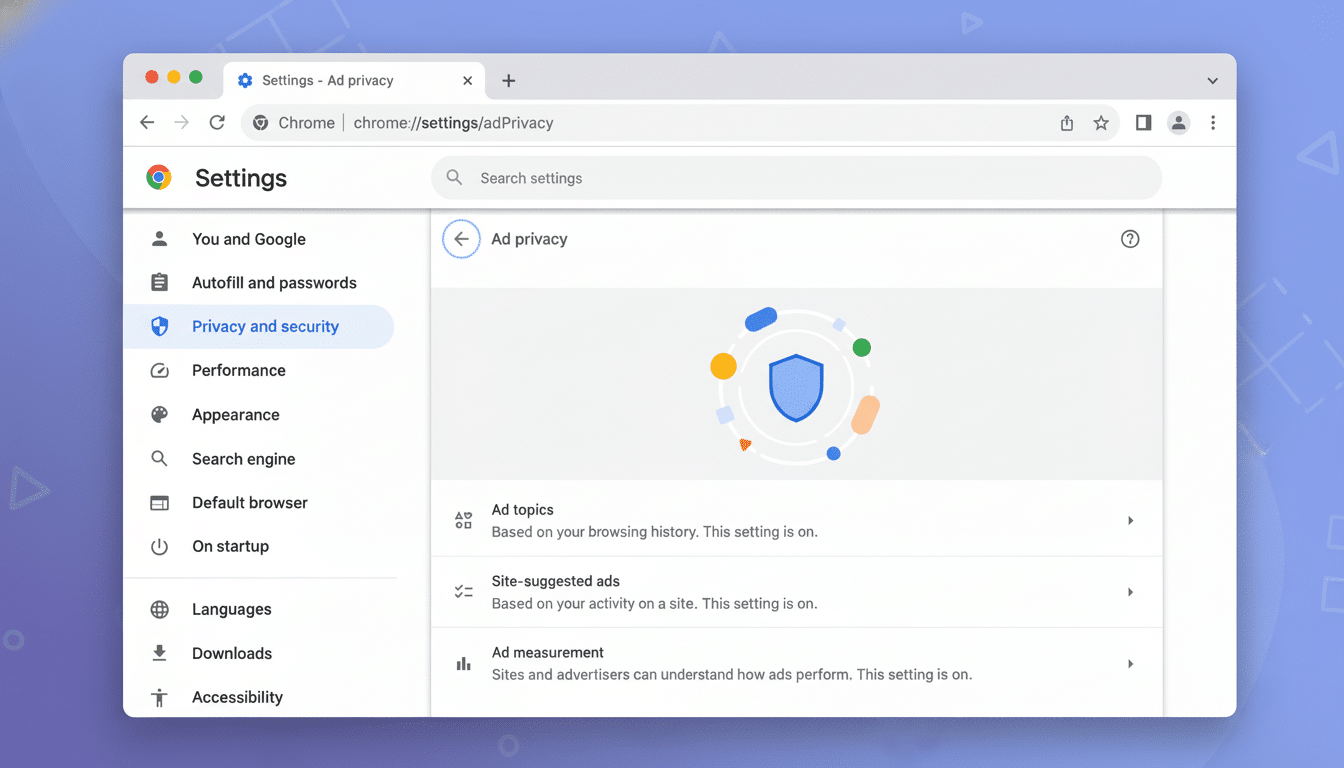Google has confirmed to industry publications that it’s deprecating the Privacy Sandbox initiative and retiring a number of related web and Android technologies due to low adoption. Introduced in 2019 as a privacy-first alternative to third‑party cookies and cross‑site tracking, the Sandbox was designed to move targeting and measurement into the browser. Now, Google says it will phase out the branding of Sandbox, maintain just a few widely used components, and do additional privacy work under a different roof.
The decision comes after a year in which Google retreated from its move to phase out third‑party cookies in Chrome, which would have preserved the status quo for the world’s most popular browser. It also arrives after years of regulator, standards body, publisher and privacy press scrutiny querying whether Sandbox proposals truly diminished tracking or merely centralized it. For you, the immediate question is straightforward: What does this mean for you?

What Was Privacy Sandbox Trying To Accomplish
Privacy Sandbox contained a package of browser and Android APIs that would supplant tactics like third‑party cookies, device fingerprinting and cross‑app identifiers. Proposals on the web, including Topics (high-level interest signals based on recent browsing), Protected Audience (on-device remarketing), and Attribution Reporting (privacy-preserving conversions) targeted to retain more data locally while still supporting conversion measurement and targeted advertising.
In Chrome, these appeared as ad-related switches such as Ad Topics, Site‑Suggested Ads and Ad Measurement. On Android, the company tested new on‑device ad tech sans the omnipresent cross‑app advertising ID. The initiative had been tested for years in developer previews and origin trials, but adoption remained low, and Google has since announced that several Sandbox technologies will be deprecated including prefixed Topics.
Privacy advocates, including the Electronic Frontier Foundation, maintained all along that several Sandbox proposals still allowed for profiling. W3C’s standards groups went through lengthy debates on the feasibility, competition, and the risk of re‑identification. Publishers and ad tech companies, meanwhile, cited inconsistent performance compared to cookies, which impeded buy‑side and sell‑side momentum.
What Changes for You in Chrome and Android
In the short term, what most people will experience is continuity, not disruption. Cookies from third parties still work in Chrome, so the web’s classic blend of personalized advertising combined with retargeting is alive and well. The ad‑based controls presented in Chrome (for example, Ad Topics and Site‑Suggested Ads) will most likely disappear or change when dependent APIs are deprecated and the data types are relaunched.
Practical-wise, your options for privacy remain basically the same: check out Chrome’s privacy and security settings, block third‑party cookies where possible, clear site data more often, go with stronger tracking protection or content blockers if you’d rather see fewer personalized ads. Ad personalization controls in your Google Account, and per‑app permission hygiene still matter on Android. A move to ads on‑device in the long term, if at all, is probably not coming for a decade or more and under different names.
Professional responsibility: Safari and Firefox already automatically block most third‑party trackers. If you search on those, not much changes. With about two‑thirds of the global desktop market share between several analytics firms, Chrome will continue to be the swing factor in web advertising behavior.

How This Hits Advertisers And Publishers
A permanent cookie reprieve for marketers in Chrome means fewer forced migrations for them in the short term. Campaigns featuring the use of third‑party cookies, cross‑site retargeting and multi‑touch attribution will still work. But the strategic signals from the rest of the ecosystem remain fixed: beyond Chrome, identity has already fragmented, privacy regulation is constricting and browser rules can change fast.
Publishers can expect prolonged pressure to develop resilient first-party data, expand authenticated audiences and grow contextual signals. Many major media brands have found that logged‑in readership results in higher CPMs and better measurement. Retail media networks and walled gardens (platforms with deep first‑party data) are well positioned to grab more ad dollars as buyers seek dependable, targeted options that don’t come with Sandbox-style intermediaries.
Trade groups such as the IAB Tech Lab have long cautioned that no single API would take the place of cookies one‑for‑one. As Sandbox winds down, however, that reality is becoming clearer: identity will be a multicolored quilt made of consented first‑party data, cohort‑level targeting, modeled conversions and clean room partnerships. For Google, a company whose ad business brings in well above $200 billion a year according to recent filings, the goal will be to maintain performance while quelling regulatory heat.
Regulatory and Antitrust Ripple Effects
The UK Competition and Markets Authority for years analyzed Privacy Sandbox to make sure changes to Chrome would not distort the ad market. With the program on ice, Google will have to revise what it has promised to the CMA. In the EU, meanwhile, the Digital Markets Act imposes greater transparency requirements on large platforms when it comes to ads and user consent—a requirement that holds whether you brand it as a Sandbox or not.
In the United States, active antitrust suits and state privacy laws are continuing to redefine data practices. Regulators might see the death of Sandbox as evidence that significant privacy improvements require industry‑wide standards, rather than unilateral browser APIs. Look for greater focus on consent enforcement, interoperability testing in standards bodies and auditable measurement frameworks.
What to Do Now: Practical Steps for Users and Brands
- Users: Scrutinize Chrome’s privacy settings, trim third‑party cookies, opt out of ad personalization in your Google Account if you want, and study site‑level permissions. And if you’d like fewer of those cross‑site ads, try out a browser with more robust defaults for tracking protection.
- Advertisers and publishers: double down on first‑party data with clear value exchanges, diversify away from single‑browser dependencies, experiment with contextual and interest signals that do not require cross‑site identifiers to work, and validate measurement through clean rooms or privacy‑preserving aggregation. Look for whatever comes next from the Sandbox roadmap in updates to Google’s developer blogs and standards groups.
The Bottom Line: Privacy promises shift, ads roll on
Privacy Sandbox is dead, but the privacy-performance equation it attempted to solve very much remains in play. For most people, the ads on the web will be unchanged tomorrow from what they were yesterday. Behind the scenes, however, the industry will continue looking for a blend of consented data, on‑device processing and interoperable standards that can actually scale. Google’s next steps will be important, but the actions of regulators, rivals and—most important—users will also matter.

